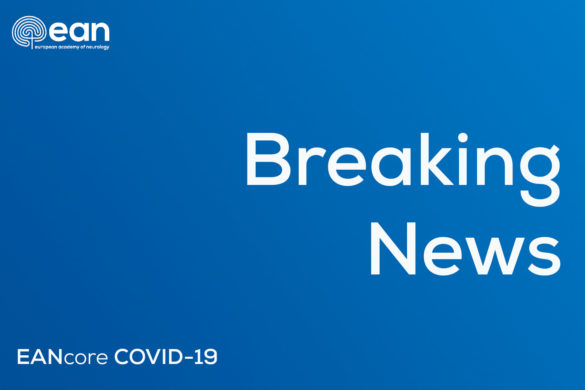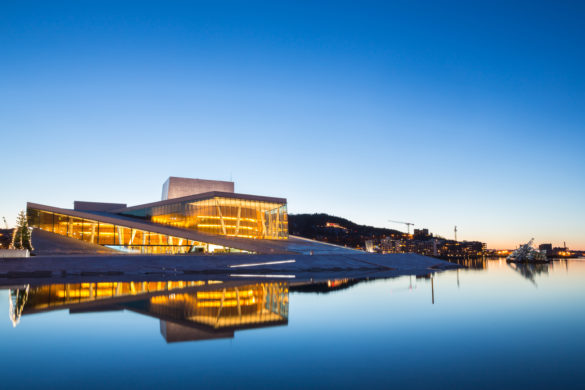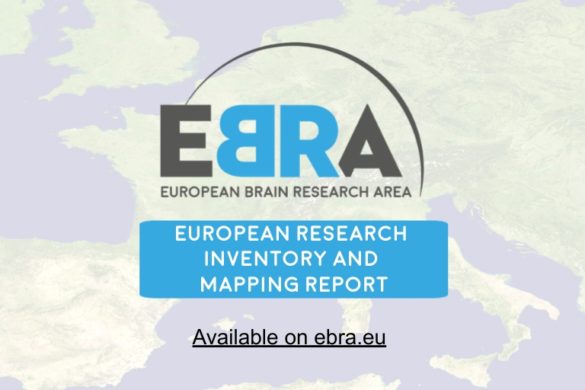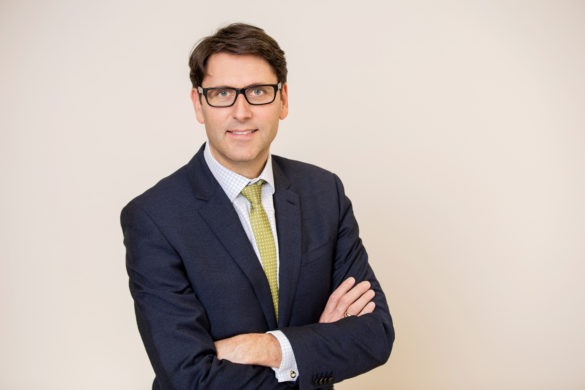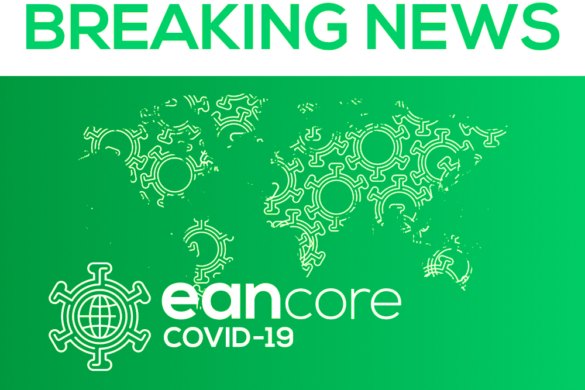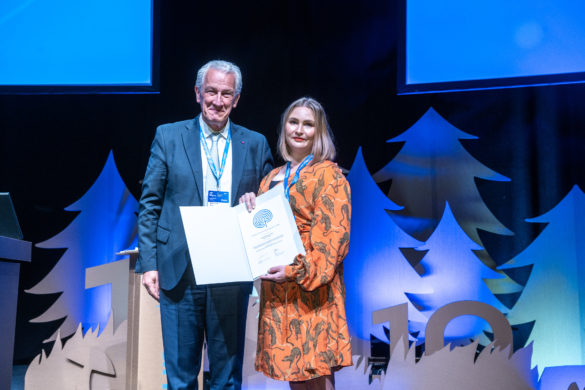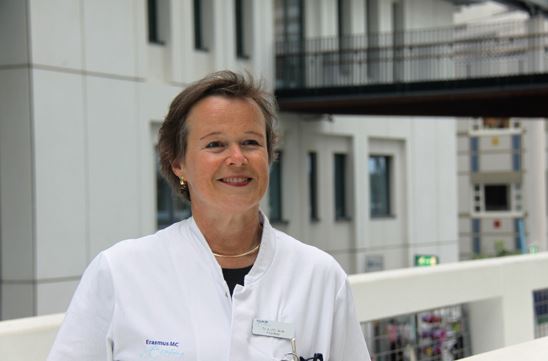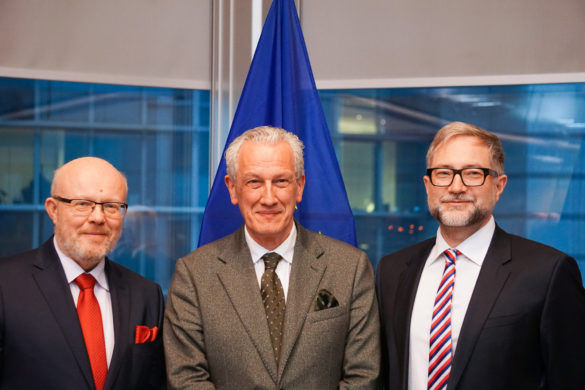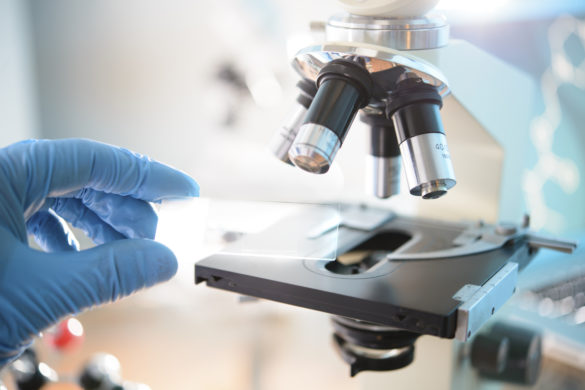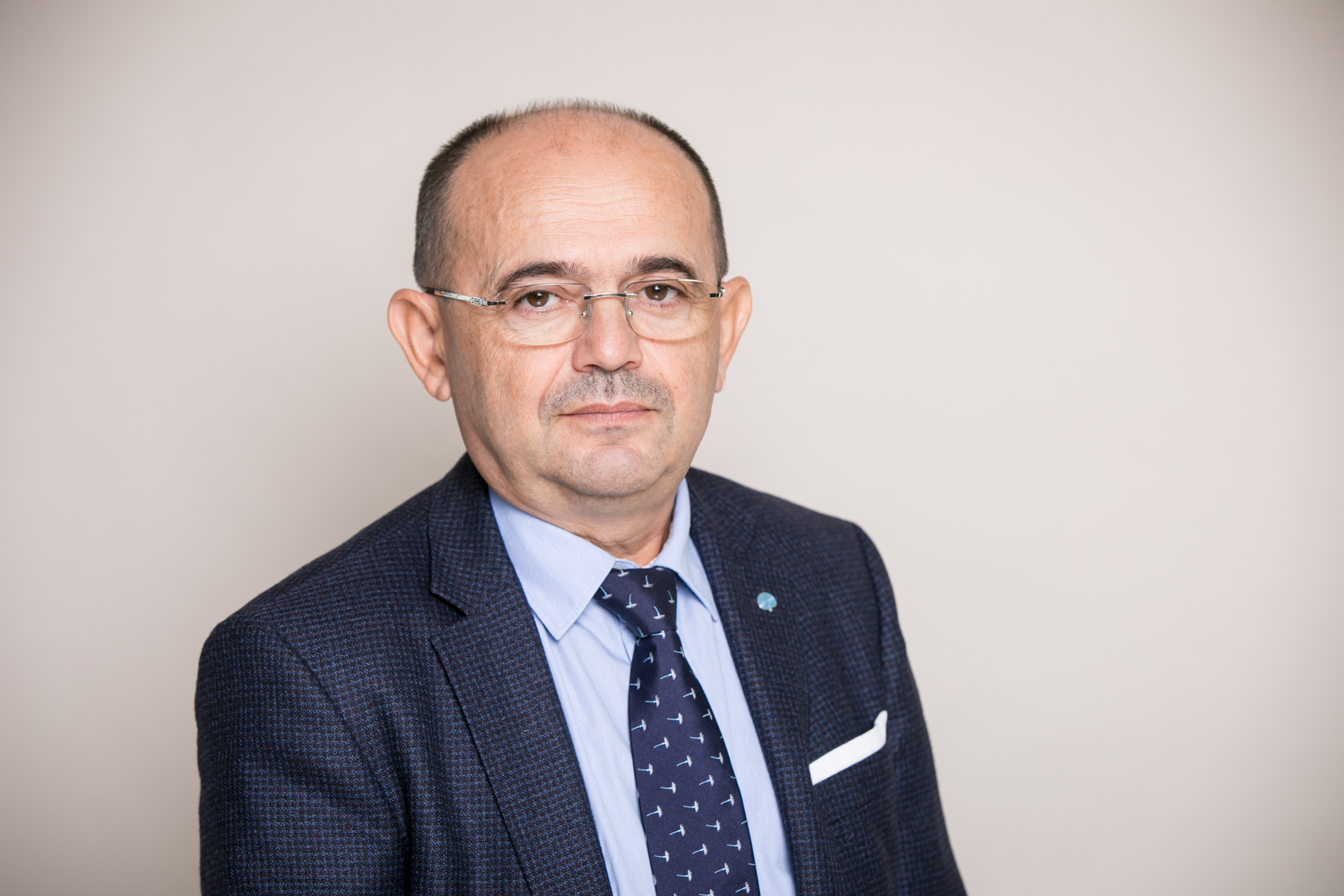
Professor Dafin Muresanu, Chair of the EAN Communication Committee, interviews
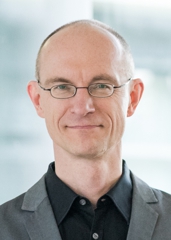
Holm Graessner, Coordinator for the European Reference Network for Rare Neurological Diseases (ERN-RND)
Dafin Muresanu (DM): Dear Dr. Graessner, thank you for accepting this interview. Can you please explain to the readers of the EAN Pages how the ERN-RND was established and what the role of the EU towards this initiative has been.
Holm Graessner (HG): Around 30 million people are affected by rare or complex diseases in the European Union, more than 500,000 of those suffer from a rare neurological disease and those numbers keep on increasing. By definition, in Europe a rare disease is one that affects less than 1 in 2000 people. And, rare means that knowledge of those diseases is scarce. This is why, there was an urgent need for European countries to pool resources, in other words, for healthcare professionals and researchers across Europe to collaborate and exchange their expert knowledge in order to help find accurate diagnosis and treatments for patients with rare diseases.
In practice, 24 European Reference Networks (ERNs) officially started their activities on March 2017 involving more than 900 highly-specialised healthcare units from over 300 hospitals in 26 member states. As a consequence, the European Reference Network for Rare Neurological Diseases (ERN-RND) was established. It now gathers 31 partners hospitals from 13 European countries and we will be expanding in the future. Our members include clinicians, researchers and patients. We currently cover the following disease groups: cerebellar ataxias and hereditary spastic paraplegias, choreas & huntington’s disease, dystonias/paroxysmal disorders/neurodegeneration with brain iron accumulation, leukodystrophies, frontotemporal dementia and atypical parkinsonian syndromes.
As to the role of the EU in this initiative, it has performed the assessment of the networks and the healthcare sites, provided funding for European Reference Networks to operate and a reporting structure to run activities efficiently over time. It also encouraged national governments to join this action. Part of our expectations for the future is that ERNs will be integrated into national healthcare systems.
DM: The ERN-RND aims at supporting patients and families affected by rare neurological diseases and to bridge the gap towards better and earlier diagnosis of these diseases. Can you tell us how the ERN-RND works towards these important goals?
HG: The ERN-RND continuously strives to support people affected by rare neurological diseases find the right diagnosis as early as possible as well as receiving the best treatment and care. Our work to achieve this is based on three important pillars: the Clinical Patient Management System (CPMS), knowledge generation and sharing and our European expert centres.
First of all, the CPMS is an online secure platform our clinicians across Europe use to discuss patient cases allowing the flow information to travel without having the patient move from the comfort of their home. Multidisciplinary panels of experts are convened in order to provide holistic advice. Moving on to our second pillar, members of the ERN-RND work together to produce knowledge in an effort to support clinicians in finding diagnosis and treatments in addition to helping patients and their families find the information they need and understand their clinical condition. To this end, ERN-RND has for example developed and consented on RND diagnostic flowcharts which can be found on ERN-RND.eu. Finally, ERN-RND is made up of healthcare centres which have been carefully selected and are experts in the different rare neurological disease groups we cover.
DM: It is clear that this work cannot be addressed without the input of families and patient organisations. What is their role in the work of the ERN-RND?
HG: The input of patients and their families is crucial in what we do. This is why the ERN-RND works with 8 European Patient Advocacy Groups (ePAGs) patient representatives who are each affiliated to one organisation and are members of the network: Euro-ataxia, Friedreich’s Ataxia Research Alliance Ireland (FARA), European Network for Research on Alternating Hemiplegia (ENRAH), European Huntington Association, Euro-HSP, Rare Dementia Support, the Czech Association of Atypical Parkinsonian Syndromes and Dystonia Europe. This collaboration ensures that the voice of the patient is being heard and that their views are taken into consideration when developing guidelines, diagnostic knowledge, standards, for example. They are always part of the different ERN-RND working groups so that the decisions we take as a network and the knowledge we develop are patient-centered.
DM: We are very pleased that an MoU with ERN-RND was signed. What do you expect form this cooperation?
HG: ERN-RND is delighted to be collaborating with the EAN! I hope that this partnership will support our work in raising awareness of rare neurological diseases across Europe among patients, their families and the clinical as well as the research communities. This is key. In addition to this, I expect it to foster our network’s efforts in educating neurologists in this rare field and to boost rare neurological disease research. One of the core principles of European Reference Networks is collaborative work, we can only achieve our goals by joining forces.
DM: Dear Prof. Graessner thank you very much for this enlightening interview! I wish you the very best for your work with the ERN-RND and look forward to our cooperation.




